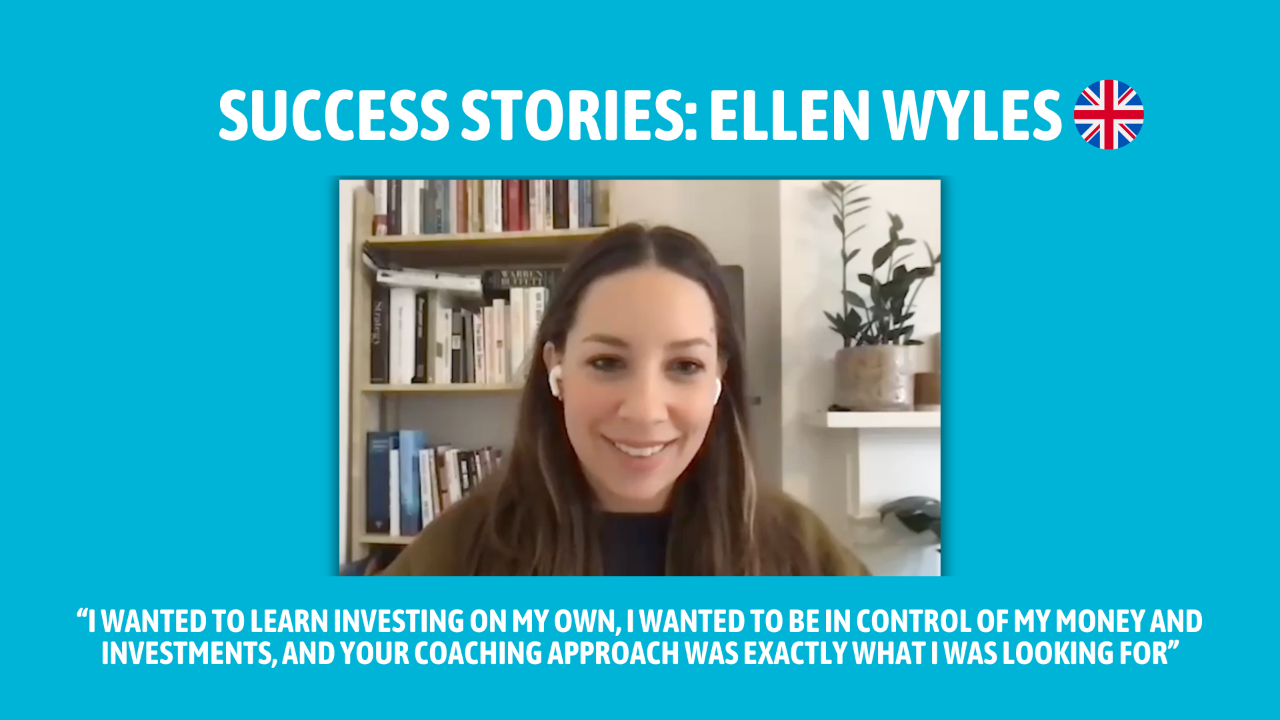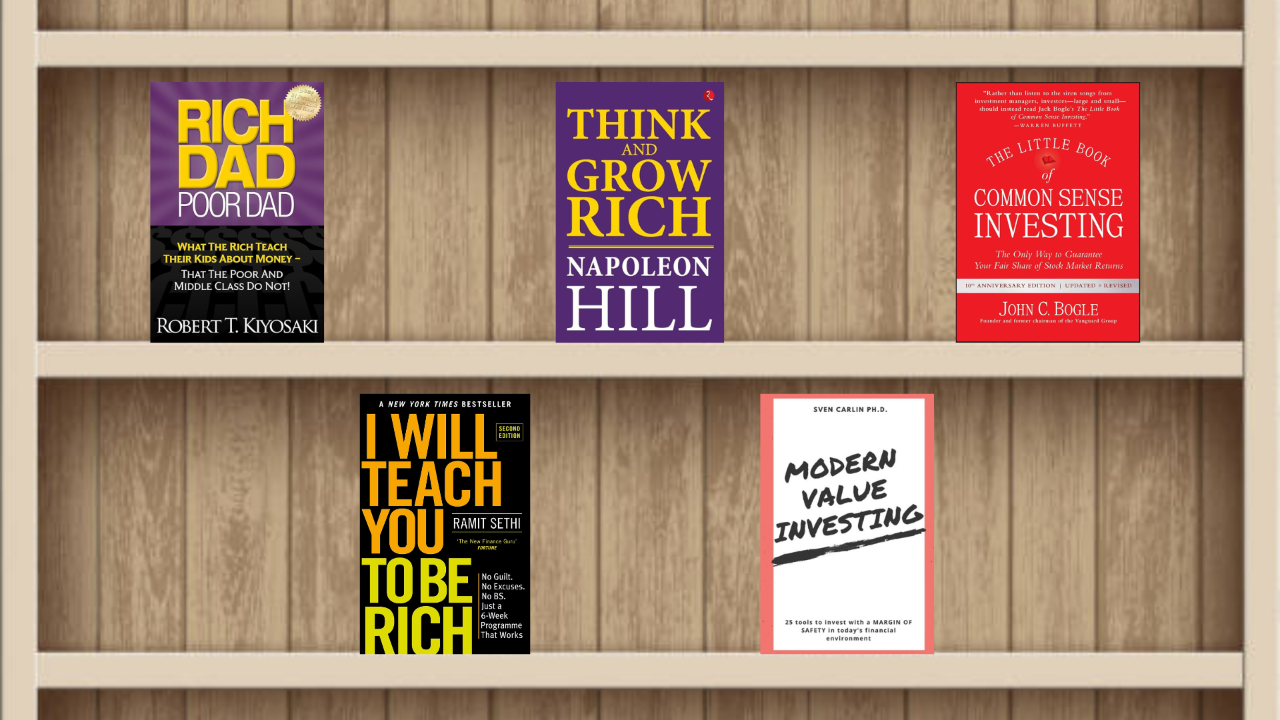
2 Safe Ways You can profit from High Interest Rates
Jan 21, 2024Hello Stoic Investors,
Today I want to talk about two safe ways in which you can profit from high interest rates.
I emphasize 'safe' because these strategies are accessible to anyone, ensuring that your money is
protected.
This is particularly useful for your emergency fund or cash in your bank that you're unsure how to invest.
Once you learn how to invest them, these are definitely places where you can put your money to at least
beat inflation and make some money without much effort.
First, let's see why interest rates are so important.
Interest rates are set by central banks and balance between stimulating growth and avoiding inflation.
Lower interest rates make borrowing easier, stimulating the economy.
Higher interest rates reduce spending to control inflation, and we can also get returns from certain products
like bonds.
To be precise, as we enter 2024, predictions show a trend of lower interest rates compared to last year.
However, while this change impacts how we approach investments, it's important to consider all scenarios,
including the possibility of high interest rates.
Being prepared for different economic conditions allows investors to adapt and make the most of their
financial strategies, regardless of the interest rate environment.
Low-Risk Strategy: High-Yield Savings Account
The low-risk strategy involves taking advantage of high-yield savings accounts.
These accounts allow you to park your cash and earn a return better than a normal bank account, with
expected returns between 5 to 7 percent over the next 12 months.
High-yield savings accounts are suitable for parking cash for a few months or for keeping your emergency
fund.
However, it's important to realize that this is a consequence of high interest rates. If central banks lower
interest rates, the attractive returns from these accounts will decrease.
Therefore, this is a short-term solution.
When looking for high-yield savings accounts, search for options in your country. You'll find many choices,
but it's crucial to read the conditions of the offer.
Understand whether the account is with unlocked money (allowing you to withdraw at any time) or locked
(requiring you to keep the money with the bank for a fixed time to get the promised return).
Be aware of the terms and conditions to avoid misunderstandings.
The pros of this strategy are its simplicity and accessibility: Anyone can do it without needing investment
knowledge.
You're simply moving money to a different bank account to get a return. The return is usually guaranteed by
the bank, and thus, there's minimal risk.
The disadvantage, however, is that this can't be a lifetime solution.
Interest rates change over time, and your high-yield savings account returns will vary accordingly.
Medium-Risk Strategy: Medium-Term Bonds
For a slightly higher return, consider buying medium-term bonds, which typically last five to seven years.
A bond is essentially a promise from the government that they will pay you back the money you lend them,
plus a guaranteed return.
For example, if you give the government $1,000, they might keep it for five years, giving you a 5% annual
return, which amounts to $50 per year. After five years, they return the $1,000.
This is the essence of a bond:
A contract where you lend money and receive a guaranteed return.
This is generally safe with developed countries' governments.
So when you buy a bond, you lock in the current interest rate for the duration of the bond. This is a way to
secure a return that lasts longer than what a high-yield savings account can offer.
For example, a bond bought last year, when interest rates were 5.33%, would yield about 5% for its entire
duration, regardless of any changes in interest rates in the future.
This is a significant advantage over high-yield savings accounts, where returns diminish if interest rates
drop.
Banks typically guarantee high-yield account returns for only 12-18 months, anticipating changes in interest
rates.
To buy a bond, you need an investment account and should look into what your government offers in terms
of bonds.
Governments issue bonds on specific dates, and these bonds will have returns similar to current interest
rates.
It's important to buy bonds in your own currency to avoid exchange rate risks.
When you see a bond offering from your government, consult with your bank or investment account on how
to purchase it.
The pros of this strategy include the ability to lock in a return, similar to how you might lock in a mortgage
rate.
The return is linked to the government, so it's generally safe unless you're in a developing country.
If interest rates drop, you can sell the bond early for a profit, but if they rise, selling the bond might result in a
loss.
The key is to choose bonds with a duration that suits your needs, as your money will be locked in for that
period.
The disadvantage, however, is that your money is locked in for the bond's duration. If you buy a five-year
bond, your money is locked in for five years, but you get a 5% return.
If you need to sell the bond before its maturity and interest rates are higher, you'll likely sell at a loss.
Conversely, if rates are lower, you could profit.
In conclusion, these strategies are beneficial, especially for people with idle money in the bank.
They are good ways to preserve wealth and protect against inflation, such as when saving for a house down
payment.
There are other ways to profit from high interest rates, like using ETFs or finding the right stocks.
Whether you're looking to grow your emergency fund or searching stable returns without high risk, these
strategies can be valuable tools, especially in times of fluctuating interest rates.
So, note down these points and start investing today:
1. Opt for high-yield savings accounts to earn better returns than regular bank accounts in the short
term, especially useful for emergency funds or temporary cash holdings.
2. Consider investing in government bonds with a 5-7 year term to secure a consistent return, ideal
for those seeking stability and lower risk.
3. Before implementing these strategies, ensure you have a clear understanding of the current
year's interest rate trends, whether they are low or high.





